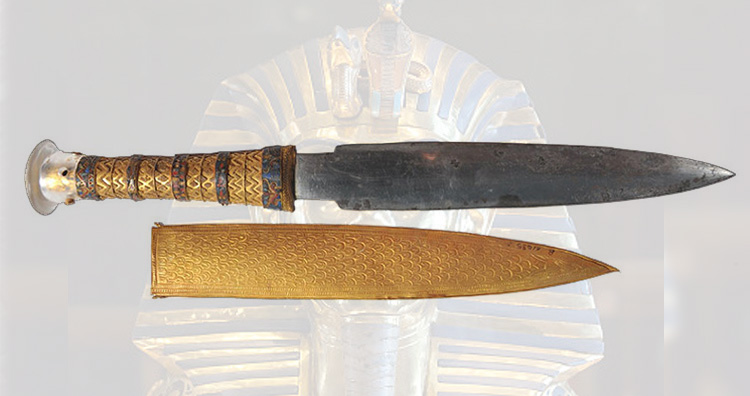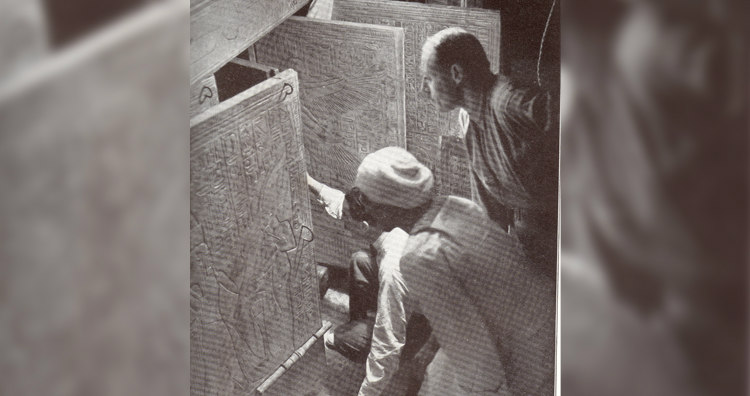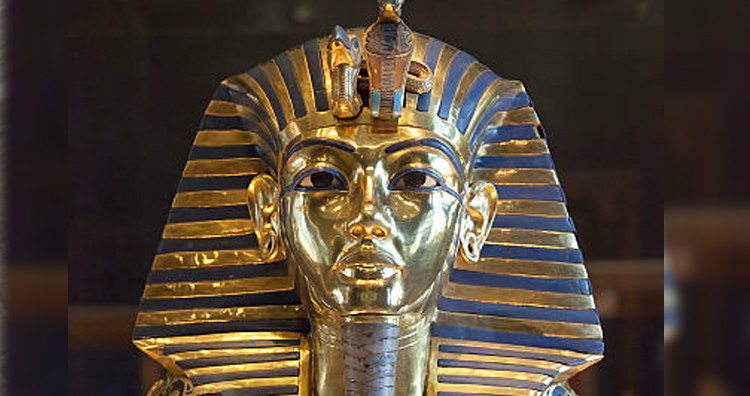King Tutankhamun ruled Egypt’s 18th Dynasty for about nine years before his death in 1323 BCE during the Late Bronze Age when Egypt was at the height of its power. His popularity and the academic interest in him is so great because of the fact that his tomb was the most completely intact one discovered so far. He was also one of the few kings of Egypt who was worshiped as a deity with temples built as far away as Nubia. So, it is probably not surprising that King Tut’s dagger should be among the many archaeological treasures found in the tomb, though its origin has been a topic of much interest among archaeologists.
King Tutankhamun’s tomb was discovered by English archaeologist Howard Carter in 1922 following a search for it in the Valley of Kings, Egypt. Apart from the king’s mummy, the tomb housed 5,398 items including a very special dagger in the wrappings of the mummy.
The search and excavation of the 14th-century tomb of the 19-year-old pharaoh was funded by George Herbert, 5th Earl of Carnarvon, in 1915. Though the tomb was uncovered and robbed a few times, it was completely forgotten between 12th and 11th centuries BCE and became buried under stone chips either dumped there after work on newer tombs or washed by floods.
The tomb contained a few thousand objects including thrones, a solid gold coffin, face masks, bowls, trumpets, chalices, food and drink, footwear, and linen underwear, all probably meant to assist the king in his afterlife. A few iron objects—a headrest inside a mask, a golden bracelet with an amulet, and a dagger with golden hilt—were wrapped with the mummy. Apart from the dagger which showed refined craftsmanship, the objects were crudely made.
The dagger attracted scholarly attention since its discovery because its blade is made of iron, an extremely rare metal in the Bronze Age, leading to a theory that it has meteoric origins.
The dagger’s iron blade was set into a decorated gold handle with a crystal knob at its end. Its sheath is also gold and decorated with the head of a jackal and ornate patterns of feathers and lilies. Iron smelting and manufacturing were so rare at that time that iron was considered more valuable than gold. It was only used for ritualistic, artistic, ceremonial, and gift-giving purposes.
The presence of iron has fascinated many archaeologists, and it has been one of the many things earnestly discussed by them as no archaeological evidence for iron smelting existed until 6th century BCE. Though the high nickel content in the dagger indicates its meteoric origin, there hasn’t been any conclusive proof of that theory. Historically, testing ancient Egyptian artifacts has proven difficult because getting permission for any kind of direct testing is near to impossible.
By




No comments:
Post a Comment